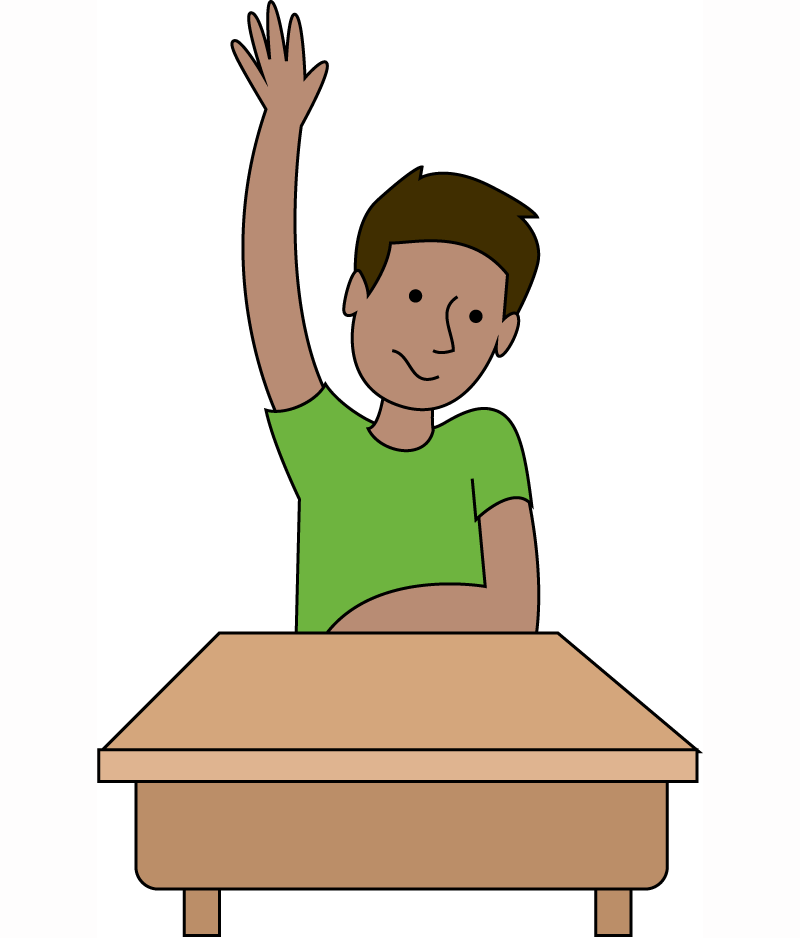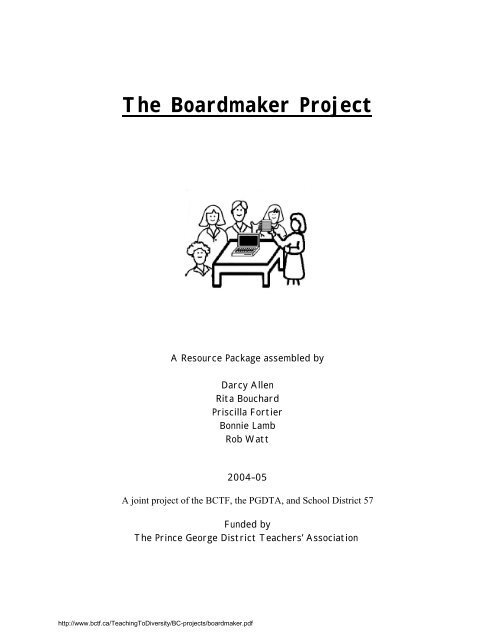

1Voice organise events to bring together families who have children with communication needs and offer support and advice. Find out more at .ġVoice offer a network of support and information for children and young people who use communication aids and their families. The courses are designed to be delivered by a Speech and Language Therapist. You Matter courses are designed to help develop the communication skills of those who care for or work with children who use AAC. All the information has now been put into a. YAACK can be found at /documents/secd/aac/YAACK.pdf Augmentative and Alternative Communication (AAC) Connecting Young Kids (YAACK) was a website that covered issues related to AAC and young children. Talking Point is a website that has a range of information about speech, language and communication development and ways to support children and young people, including information on AAC. This is where they keep a record of anything they stumble across on the Internet that seems interesting! They can also keep you up to date via their monthly newsletter aacinfo.email/ You can also see links to huge amounts of information about AAC on the Internet through Ace Centre’s public library /user/acecentre. The back issues contain a wealth of information and can be downloaded here These practical journals are published and distributed to members of Communication Matters (see below) three times a year. Its mission is to improve the level of AAC services available to individuals with significant communication challenges by supporting speech-language pathologists and other interested stakeholders.īack issues of Communication Matters journals are available to read online. It is updated by Carole Zangari, a professor of speech-language pathology.
#Raise hand boardmaker full#
is another brilliant blog that is full of useful information, ideas and support. It’s full of ideas and information and is regularly updated. The site is a gateway of information for people who use AAC, family members and professionals.Īustralian Speech Pathologist, Jane Farrall writes a fantastic blog about AAC at.

uk is another Scottish website that has been set up as part of the ‘Now hear me: It’s my right to speak’ campaign.
#Raise hand boardmaker free#
It also offers five free online learning modules about AAC. “you do it”, “Mummy help”, etc.).Ī is full of practical resources and information around AAC. They may also use their words to direct others (e.g. They may use their words to give information (e.g. Children use questions to learn about their world: “why?” may feel very familiar to some, or they may ask “where” something has gone. They may also use their words to describe things (e.g. They may also remark on the fact that someone or something isn’t there anymore (e.g. Young children may talk about the fact that there is more of something, or notice that something is happening again. They may talk about who things belong to, or who they think they should belong to! Anyone who has spent time around a toddler will be familiar with the infamous “mine” or the statement “my biscuit”. They will use greetings and partings like, “hello”, or, “goodbye”.



 0 kommentar(er)
0 kommentar(er)
